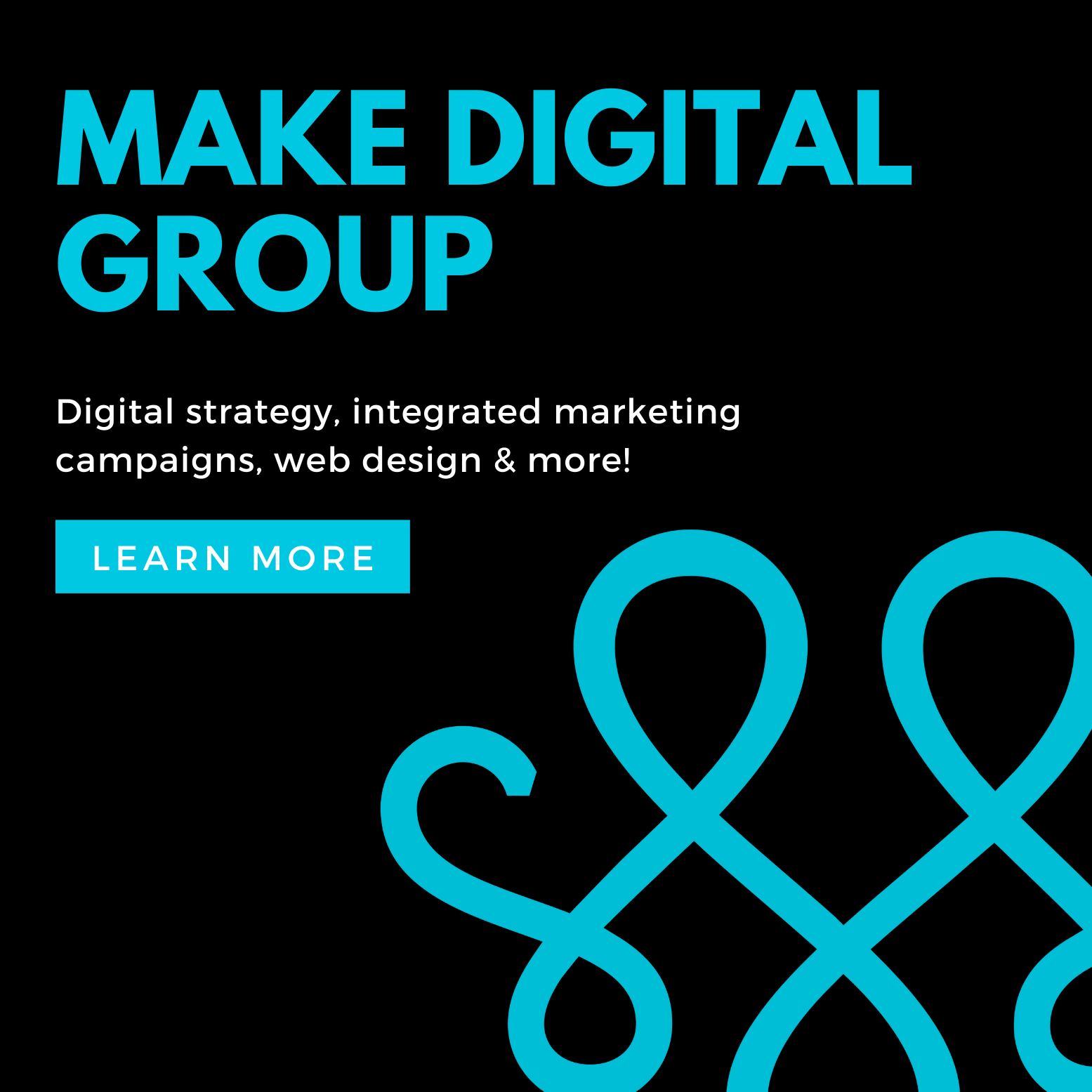Maximizing your IT function for business success.
A recent McKinsey & Company report had concerning news for IT leaders: a majority of business executives are sorely dissatisfied with the performance of their IT team. Just one-third or less of survey respondents said their IT functions are extremely effective at a wide range of tasks. The results also indicate fading confidence in IT’s ability to support key business initiatives, such as driving growth.
“In the 2012 survey on business and technology, 57 percent of executives said IT facilitated their companies’ ability to enter new markets. Now only 35 percent say IT facilitates market entry, and 41 percent report no effect.” (For more stats, you can read the full study here.)
No strategic effect? How can IT, which is mission-critical to companies today, receive such low marks? Are they really doing such a bad job, across companies and industries?
These results are interesting and even more meaningful because of a conversation I had with the CIO of a multi-billion dollar business just a handful of weeks ago. He had mentioned that over 30 of the key leaders throughout his company had met recently and discussed this very topic: that IT was not providing strategic value to the business. So, in reality, these survey results are something I’m starting to hear more frequently.
The study revealed a big disconnect between what business leaders think IT should be doing, and what IT leaders think they should be doing. Understanding that gap is crucial to maximizing your impact on business success.
IT has fallen into the trap of doing the job right, rather than doing the right job. It’s understandable. Since the birth of modern technology—pick whatever moment in time that means to you—its growth has been exponential. We have implemented, managed, maintained and patched technology in an environment that changes so quickly that systems are practically obsolete by the time we master them. And while we’ve had our nose to the grindstone just to keep up, some IT leadership has failed to notice the job has evolved.
Here are three ways to maximize the impact of your IT team and increase strategic value:
1. Fully align IT with the strategic direction of the business and strive to play a vital role in the critical business decisions that will impact success. Yes, you used to run out and find the right IT solution for the job and went directly into implementation mode. You’re good at improving efficiency and effectiveness. But business leaders aren’t content with that. In the McKinsey & Company report, business leaders ranked “supporting decision-making” as the second-highest IT priority. IT leaders ranked it fourth. You are being invited to get more involved in your business’ strategy.
2. Transform the IT team culture to be a combination of business savvy and innovation to ensure IT delivers true strategic value. Recognize and incent this cultural transformation. Focus on driving growth of the business, not just technology. Do you know the biggest threats to your company’s growth? Can you see how IT enables business strategy to differentiate and win in the market? If not, develop business savvy about your company and your industry. CIOs that are actively involved at the strategy level get much higher marks for overall IT effectiveness from their CEOs than those who aren’t.
3. Stop doing what others can do better. Maximizing your impact comes down to doing the right job, rather than doing the job right. Look at your calendar—right now—and what do you see? Are you a supplier or strategist? Being strategic takes time, just as IT implementation, controlling IT costs and maintenance take time. But which job should you be doing? Break free from the daily grind of IT operations so you can focus on more innovative and impactful work. Your CEO will thank you for it.

